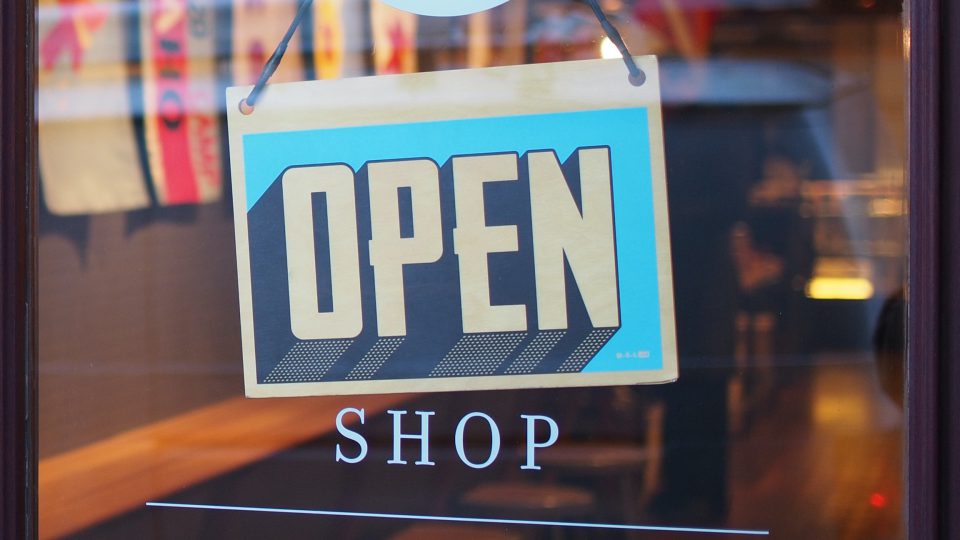The retail landscape is changing faster than the drive-thru line at Chick-fil-A. And the future for brick-and-mortar, in particular, might seem unclear. Physical stores looked to be ending the decade on a high note…and then 2020 happened. There’s no denying that brick-and-mortar sales have taken a hit during the COVID era, but the future might not be as bleak as one would think.
The Yelp Economic Report for the 2020 retail sector shows that there have been 30,374 total business closures (as of September), 17,503 (58%) of which are permanent. Retail encompasses both online and storefront businesses. Before digging into brick-and-mortar stores, it’s important to delve into the state of e-commerce.
Retail Online
What would have been unthinkable even 20 years ago is not the question of if e-commerce catches up to brick-and-mortar, but when?
This past holiday season about half of Americans said they purchased gifts “mostly or entirely” online. E-commerce sales are up 32.4% year-over-year. Since many consider shopping online more convenient and safer, the pandemic only expedited its massive annual growth.
But a large percentage of “online shopping” involved curbside pickup. Target saw 700% growth in its third-quarter of 2020, while Best Buy said 41% of its almost $5 billion in online revenue (for the second quarter) came from curbside or in-store pickup.
It will surprise nobody to learn that Amazon is the leading online retailer in the U.S. But the leading online retailer is now opening up physical locations and expanding its physical footprint through Whole Foods…why would that be?
Retail Offline
Brick-and-mortar has been hit hard. For many big-name brands, their physical locations were a liability in 2020. Santa wasn’t the only one checking his list twice; the U.S. Trustee’s office sternly eyed their Naughty list as more and more big names declared bankruptcy: J. Crew, Neiman Marcus, J.C. Penny, Lucky Brand, Brooks Brothers.
Reading that list of big-name brands might be alarming for many small businesses, but there is no need for panic. Here’s why: in-person experiences and relationships are an aspect of business that will never close down.
Remember the question of why Amazon is betting on physical locations? Our guess is that they see the same personal touch trend that we do, signaling that some aspects of retail aren’t going anywhere. In fact, the #1 Online Overlord opened its first physical grocery store—Amazon Fresh—in Los Angeles during the quarantine.
While there are a plethora of reasons people shop in-person, it boils down to in-person experiences and relationships. A computer screen doesn’t offer the same kind of transparency that physical interaction does; there is power in being able to see, touch, and feel. And the result is that transparency builds trust. Thus, in-person experiences and relationships are keeping physical locations relevant and in high demand.
While many consumers pivoted to online shopping in 2020, there was also a renewed appreciation for going to places with people in support of small, local businesses. Small businesses are adapting and pivoting to accommodate these consumer trends.
Many physical stores pivoted to a focus on logistics and technology. Brick-and-mortar doesn’t have to mean archaic. Small businesses spent time updating their websites, building email lists, and focusing on strategy. In many ways COVID-19 pushed businesses to evolve, expediting shifts that were already underway.
During the quarantine, customers ordered online and waited at the curb for their orders because they loved the product and/or because they loved the owners. That trust is brand equity. If brick-and-mortar stores can hone in on experiences and relationship-building, they’ll be able to leverage the trust of their community as a safety net during economic storms.

